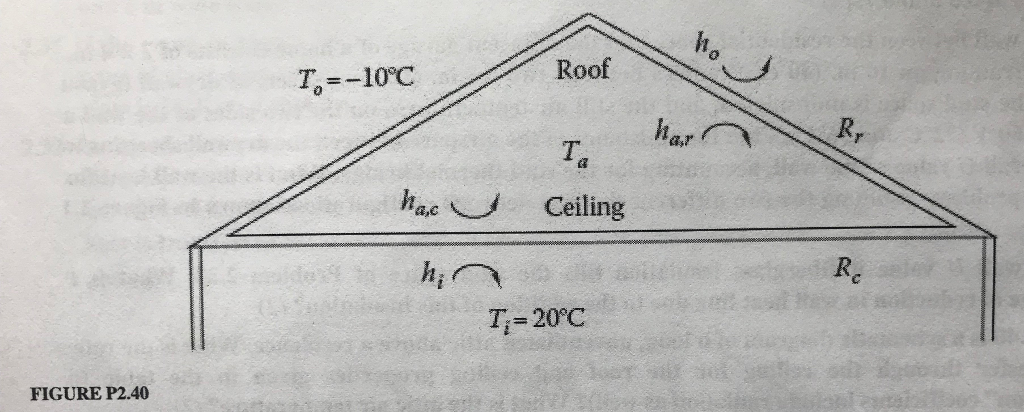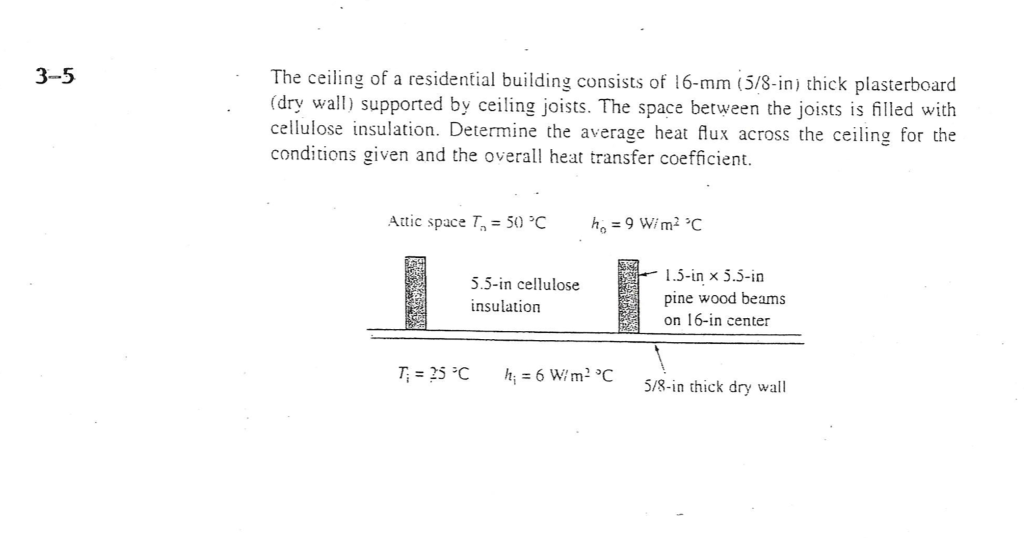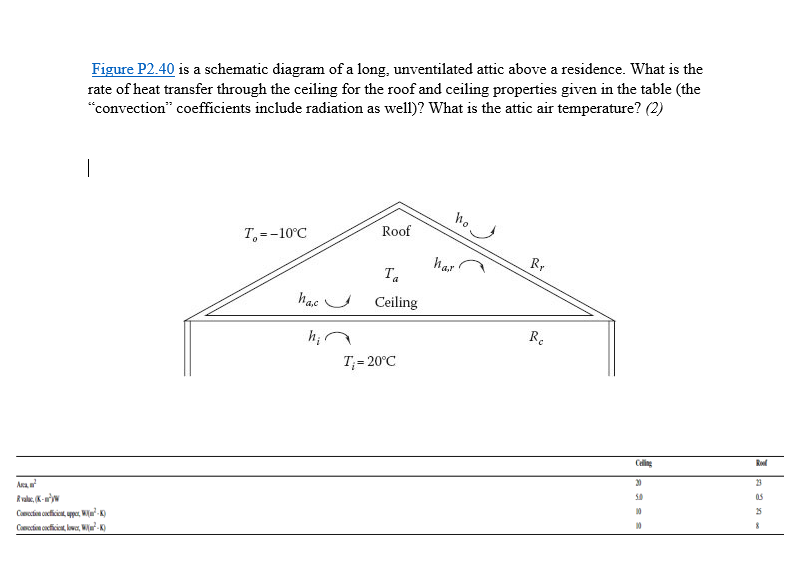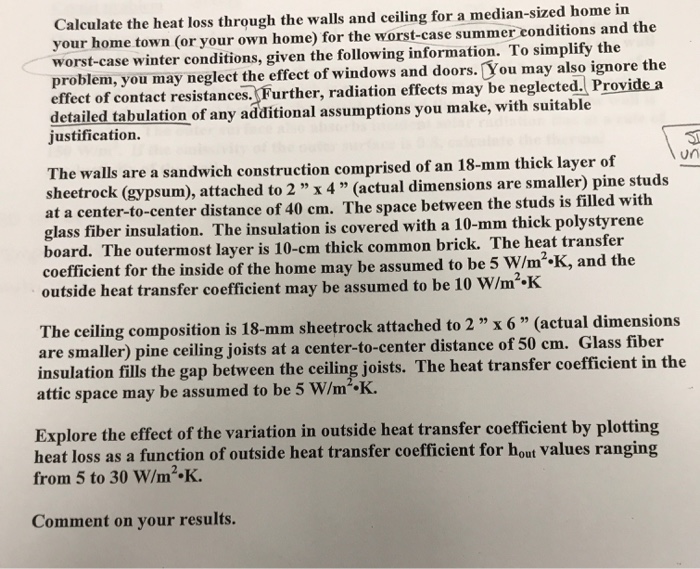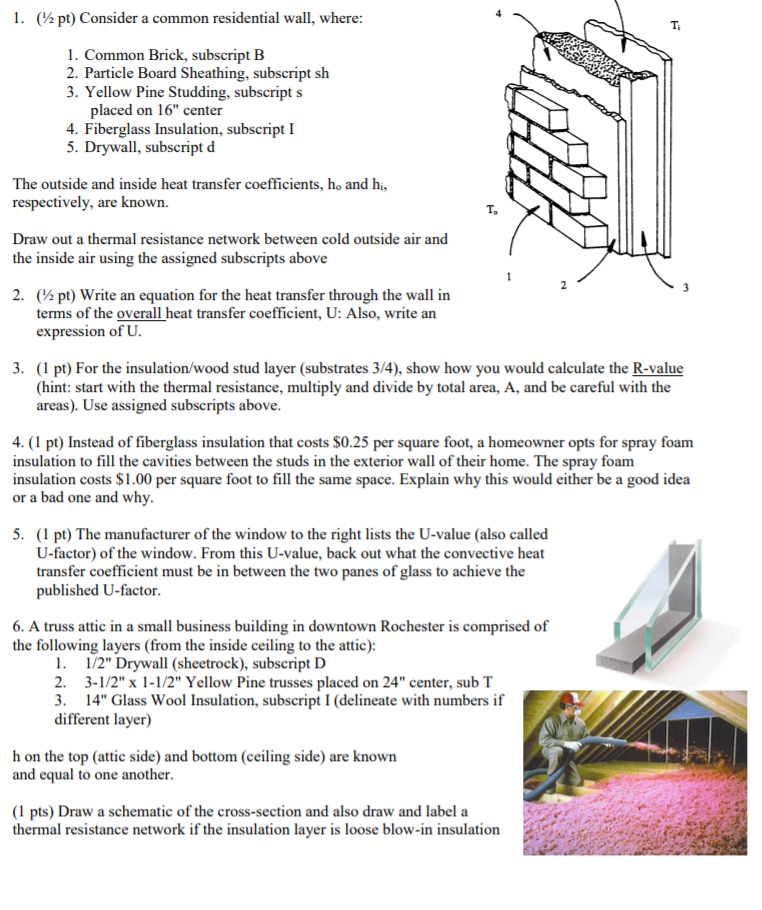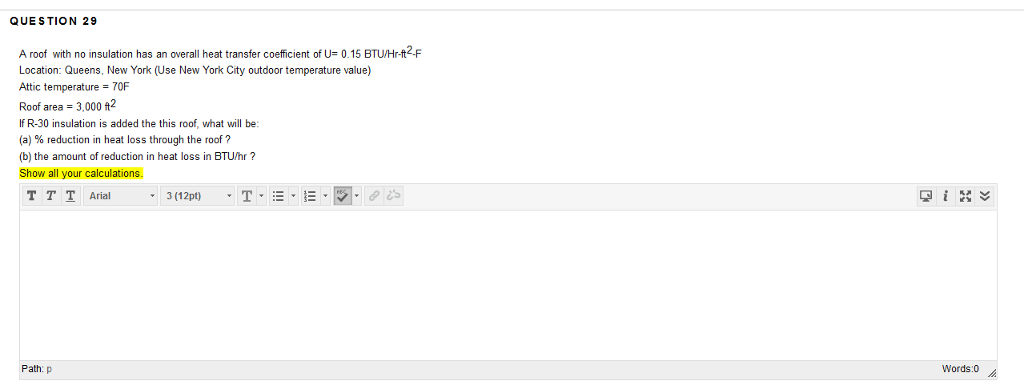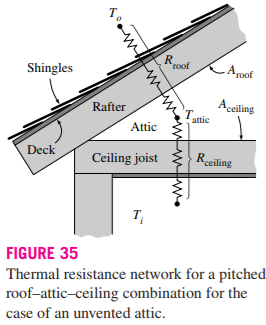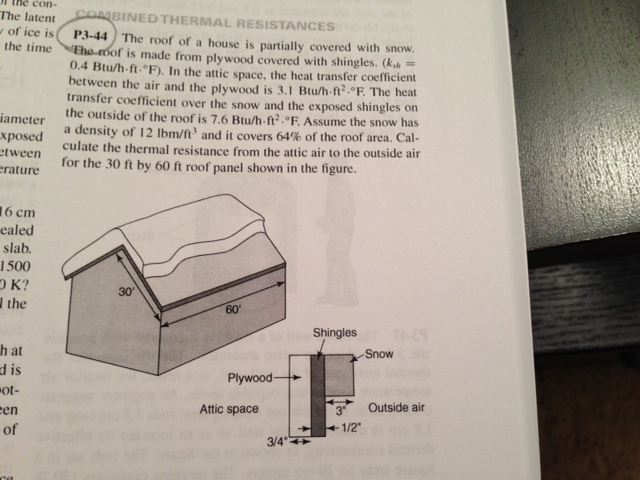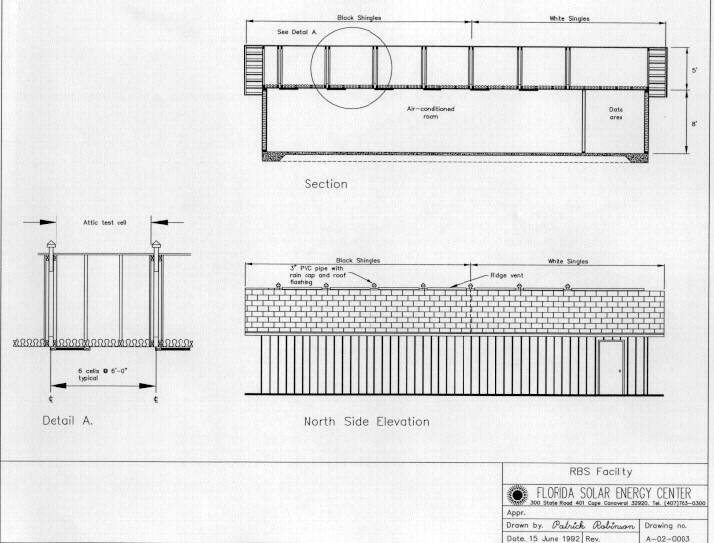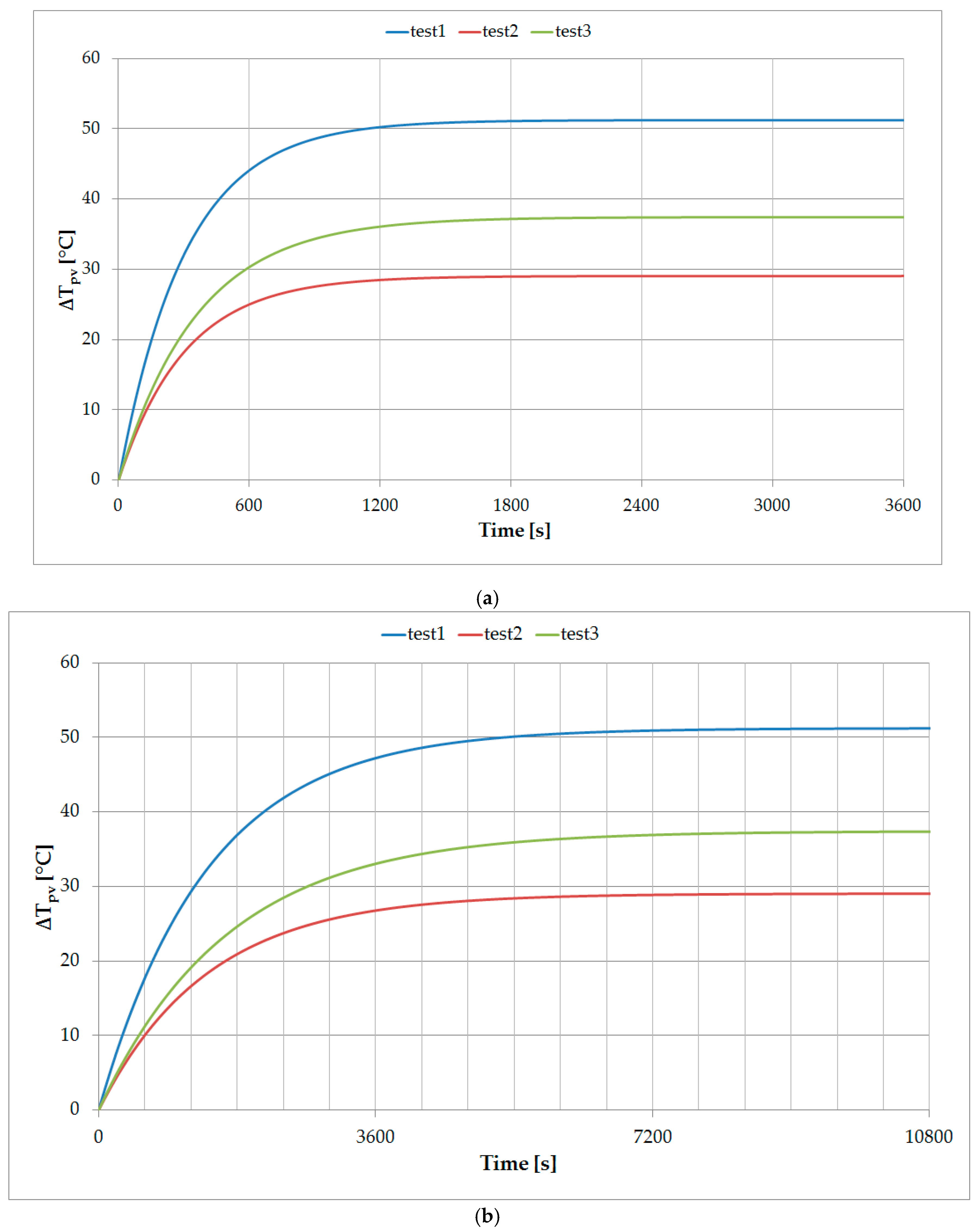At first it may seem odd to add insulation for warmth and then purposely allow cold air to enter the attic through vents but this combination is the key to a durable and energy efficient home.
Convection coeficient in an attic through ceilling.
Convective heat transfer coefficients table chart the following table charts of typical convective convection heat transfer coefficients for fluids and specific applications.
A mixed convection coefficient was calculated for each surface by taking the cube root of the sums of the cubes of the forced and natural convection components at each surface as suggested in ref.
The measurements show that th e critical modified rayleigh number for the low density attic insulation in the studied setup is 22 to 25.
The convection coefficient in attic specific energy models c1340 fatm and atticsim use 14 different convection equations depending on the characteristics of the surface and heat flow.
Natural convection results from thermal buoyancy effects.
In attics natural convection is a cold weather phenomenon only.
My idea is to vent the build up of hot air that has risen to the ceiling in the hotspot rooms into the attic so that air from cooler parts of the house can move in.
4 in heat flux meters were located on the ceiling of each house.
Wind washing and air infiltration are primarily the result of forced air movement.
Low cfm similar to a bathroom vent 300cfm and only in the hot spots basically by adding an inline ducting fan to the return ducts for the hotspot rooms.
Typical values of heat transfer coefficient.
The ceiling consisted of o 5 inch thick gypsum board and the gables of 0 5 inch thick plywood.
Forced convection in an attic ceiling system typically results from wind pressure and hvac equipment.
Low speed flow of air over a surface.
The ventilation rate was measured using hot wire anemometers in ducts leading to the soffit vents.
Natural convection occurs in low density materials only leading to an increase in h eat flow through the insulation and thus to a de crease in the thermal resistance of the in sulation.
Flow type w m 2 k forced convection.
To measure heat flux through the attic ceiling five 10 cm 10 cm 4 in.
Natural convection heat transfer coefficients have also been predicted using experimental based correlations for the characterization of free convection of air inside isosceles triangular cavities with variable apex angles anderson et al.




